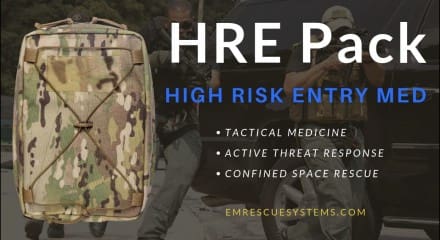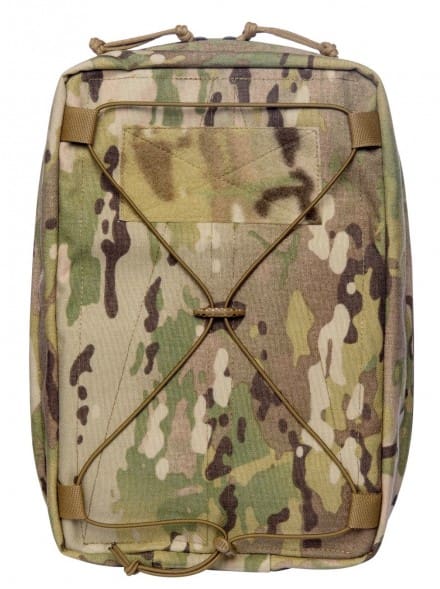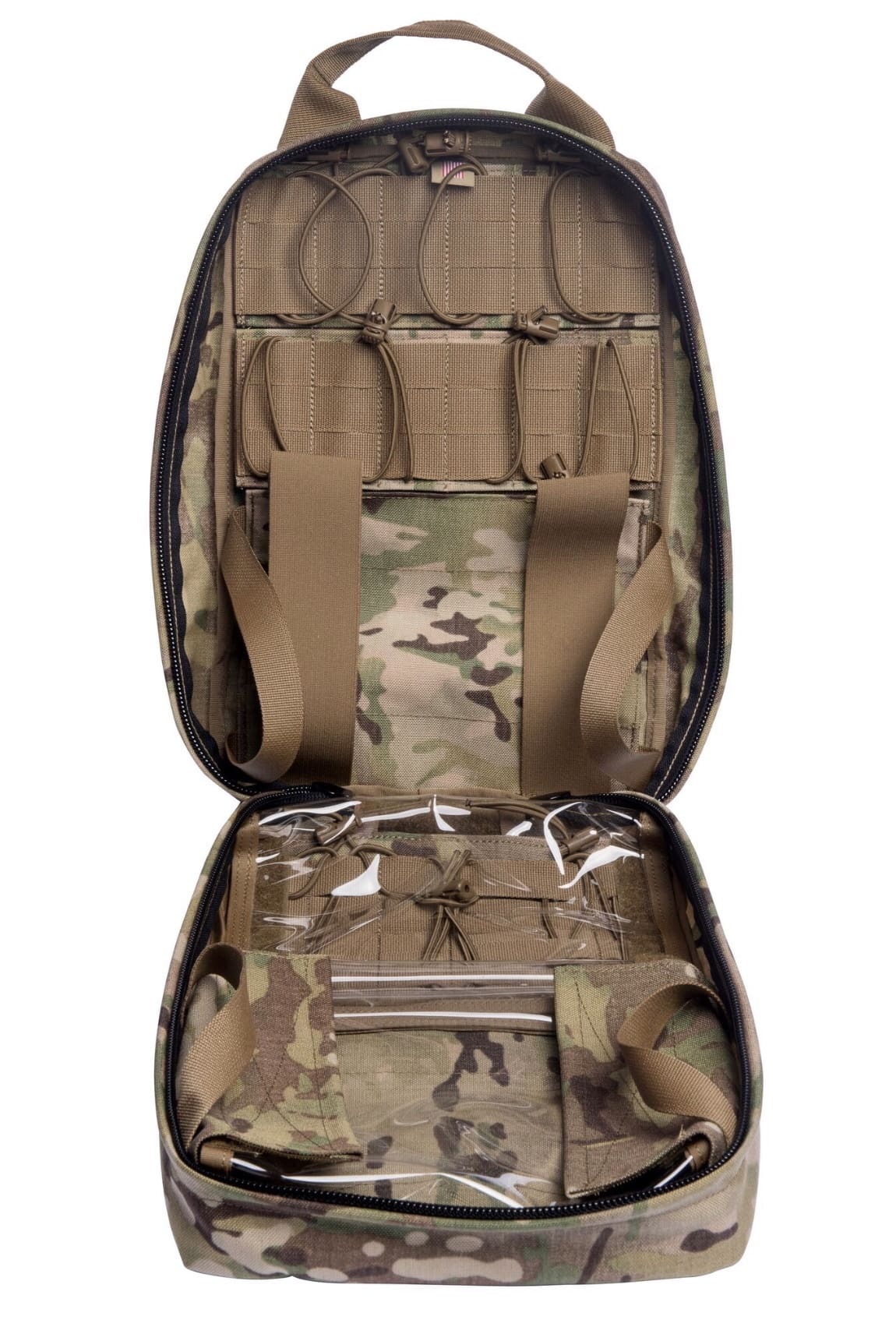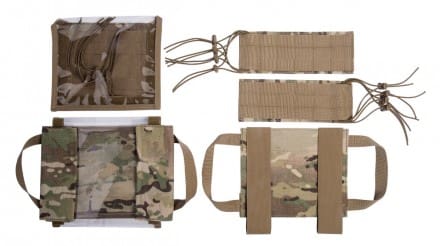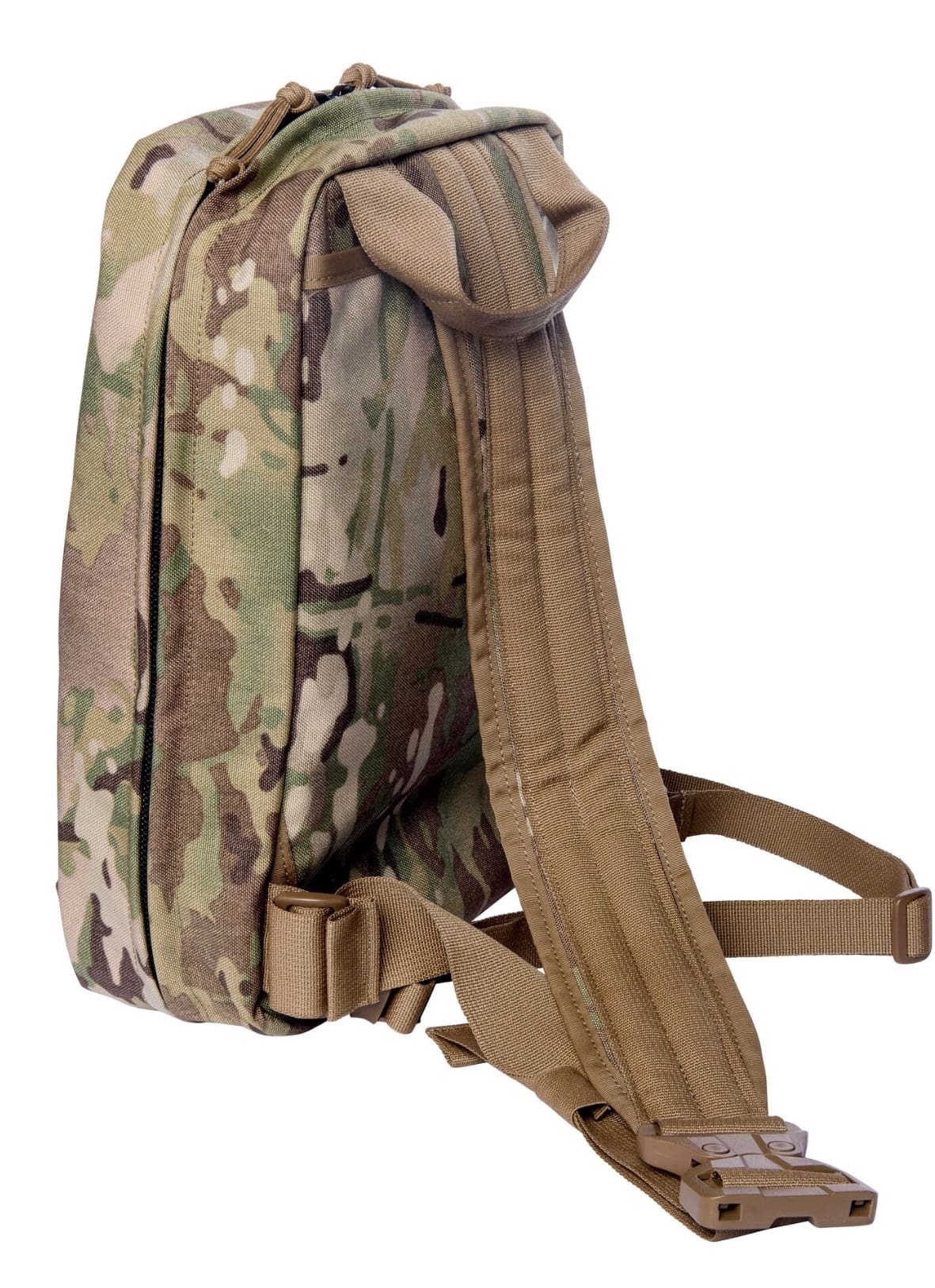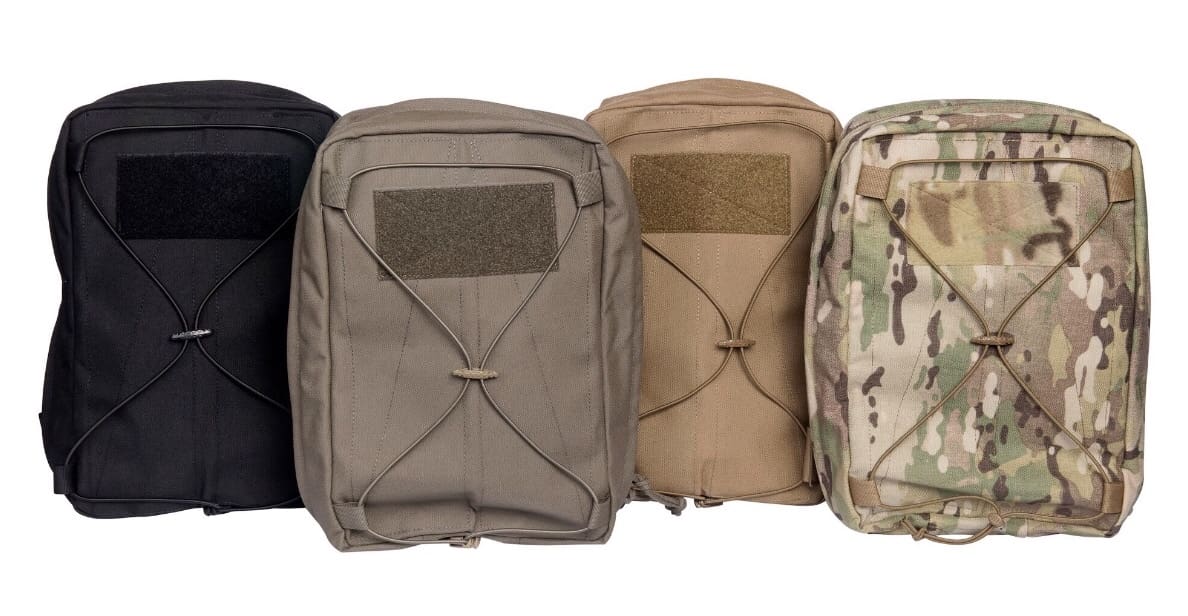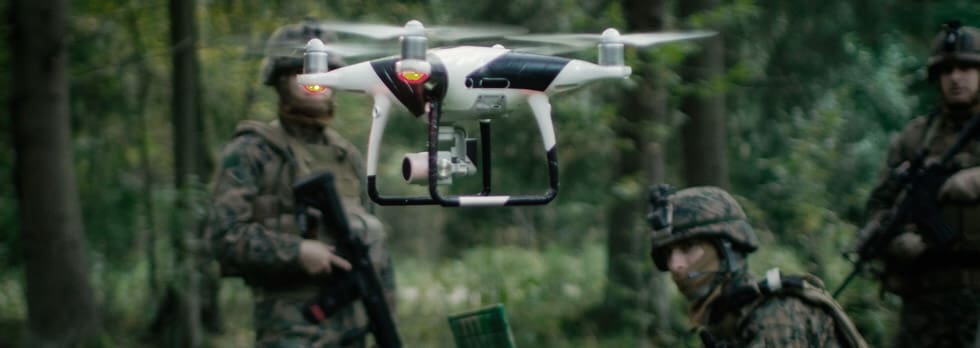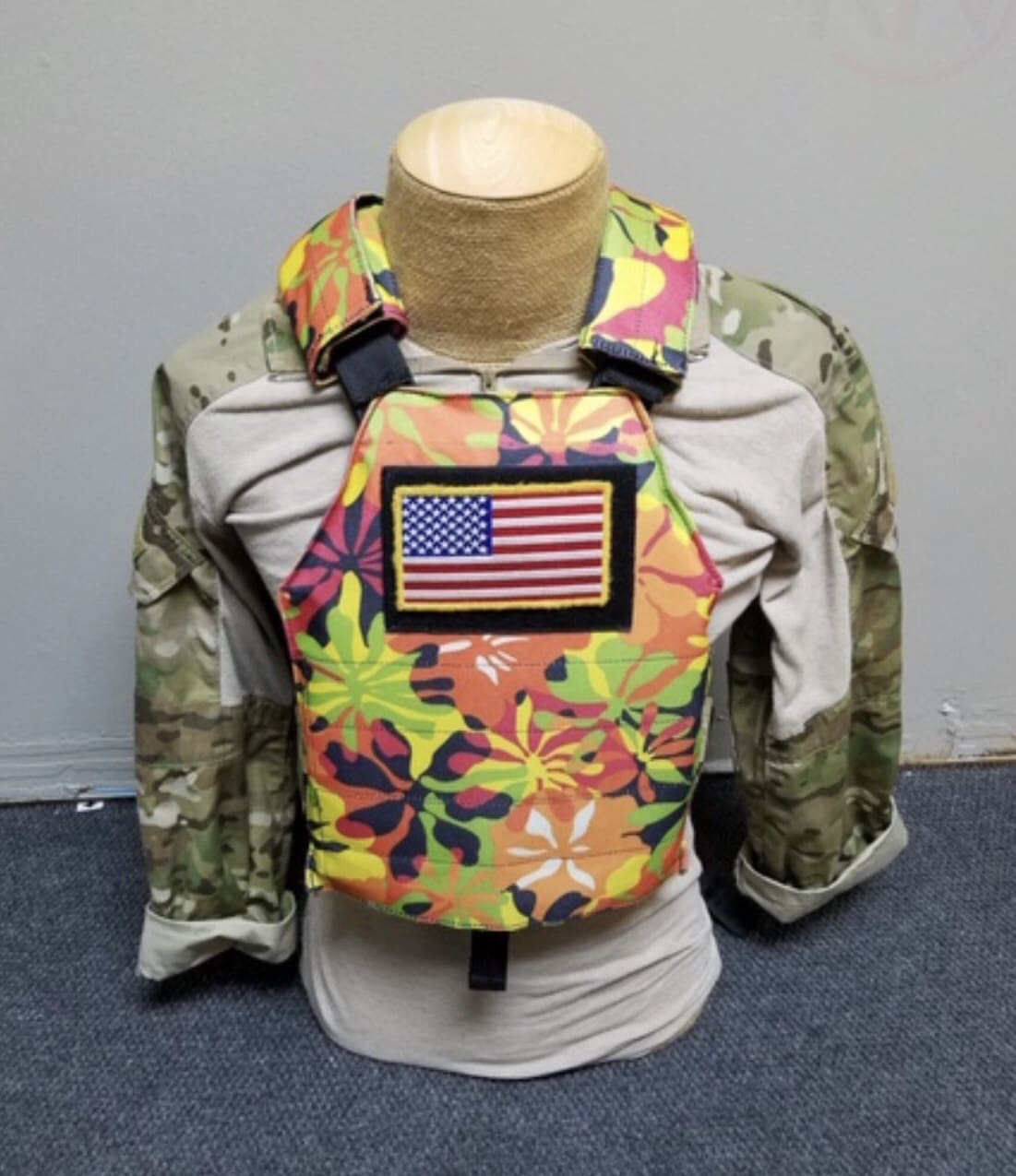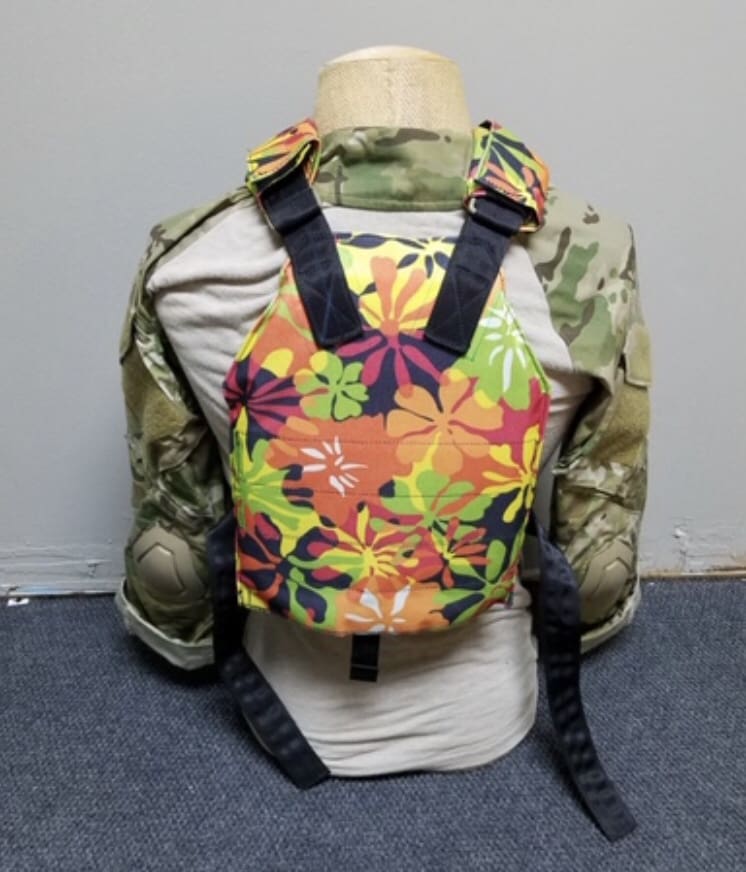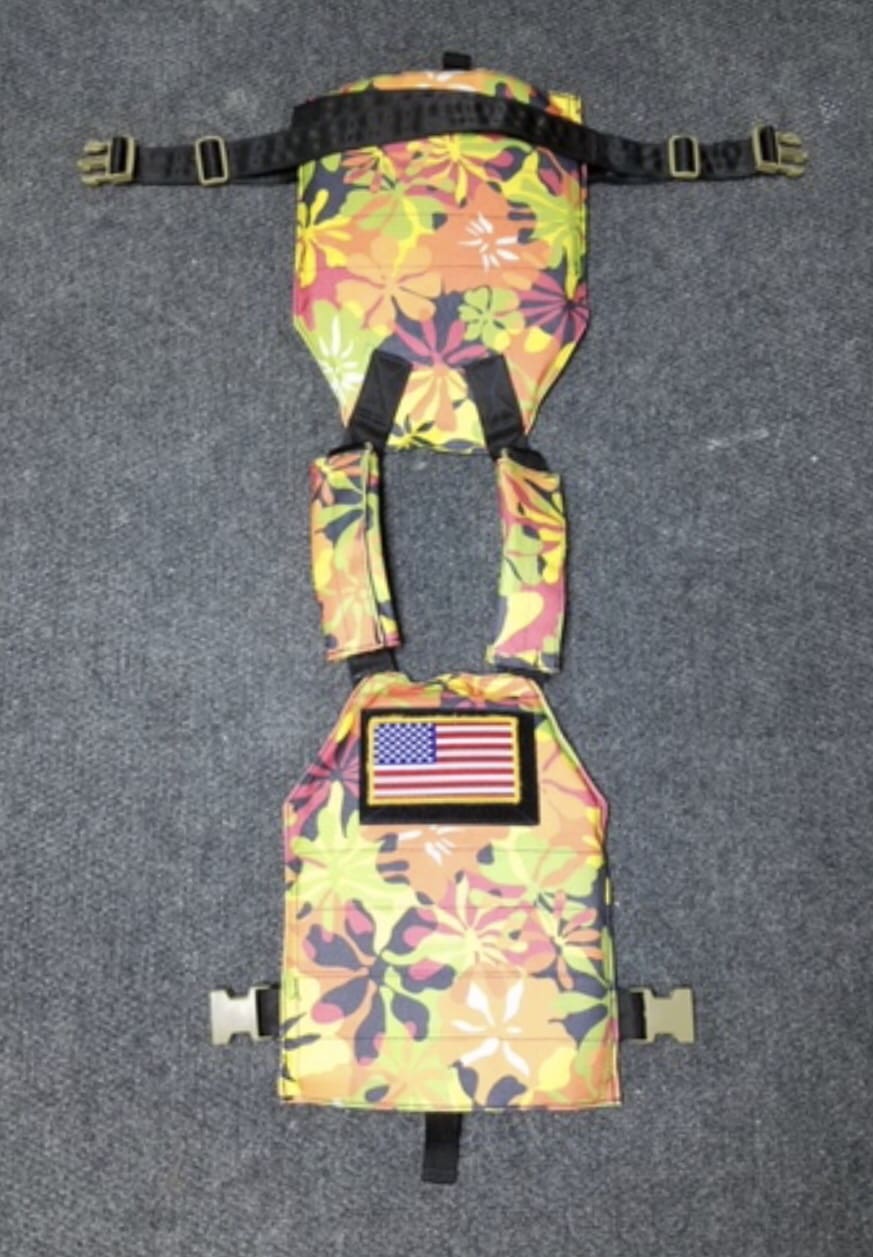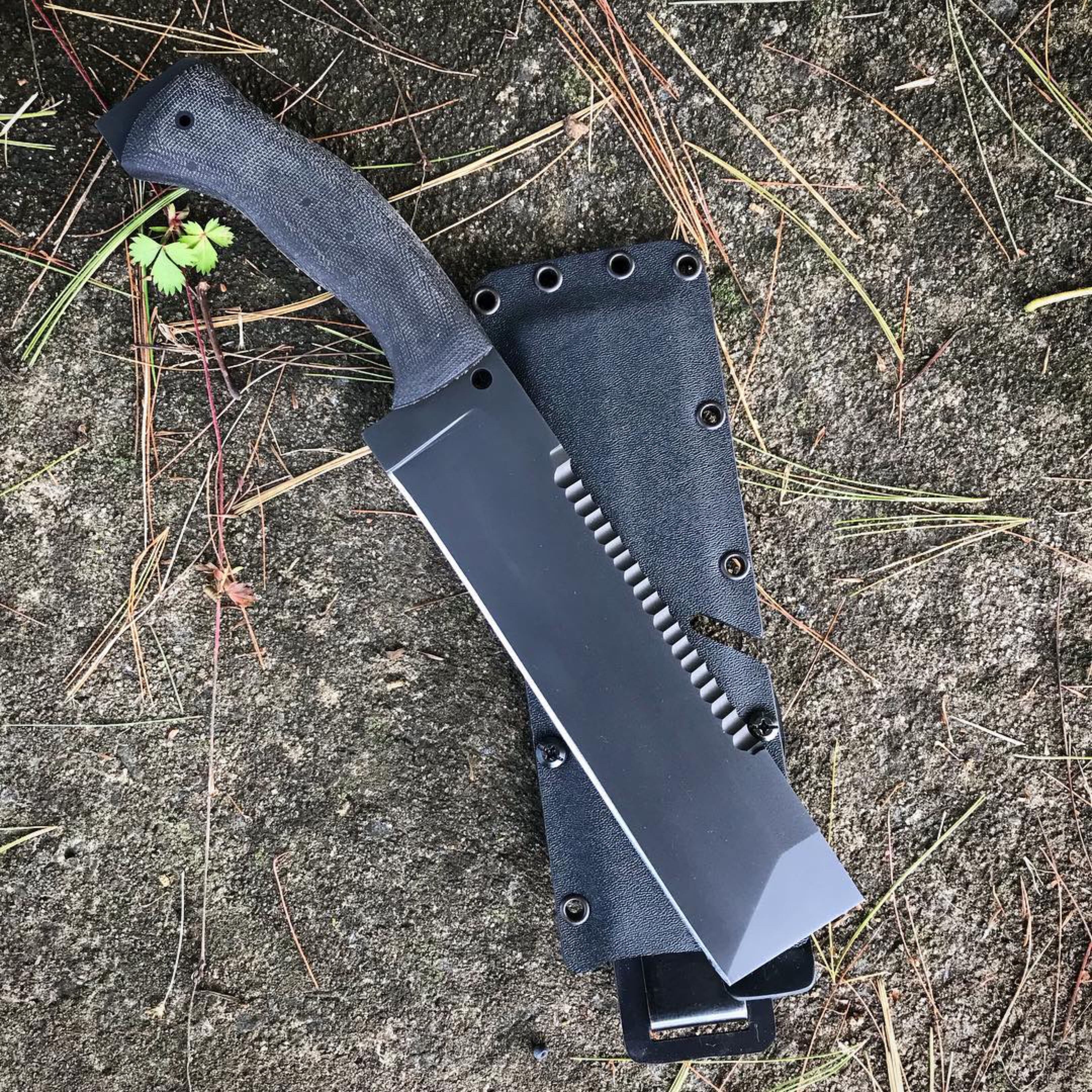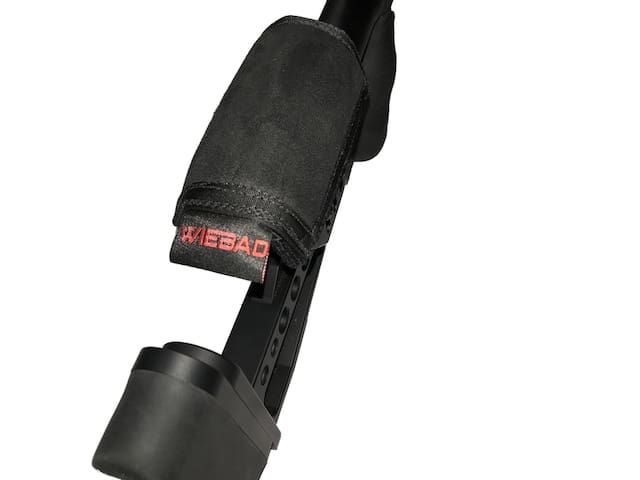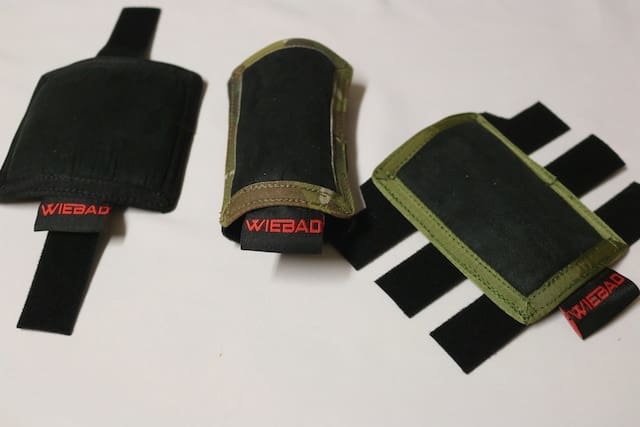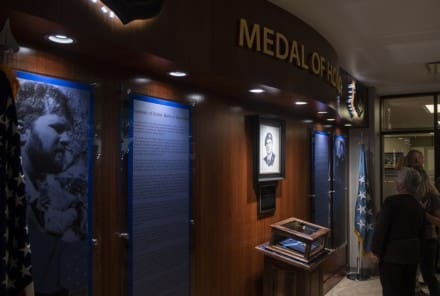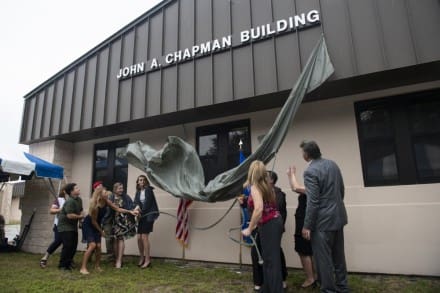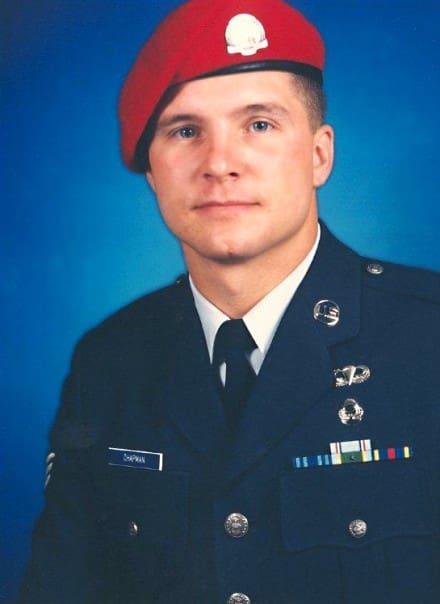With the roll out of the U.S. Army’s new PT test, formally known as the ACFT (Army Combat Fitness Test), the Army is attempting to answer a question that is as at least as old as Sparta and the Roman Legions. That being, what is the best way to prepare and gauge the physical readiness of military people for combat? As a student of military history, you can go across time and around the world to learn about the various methods used by both ancient and modern armies to physically prepare (and test), their soldiers for battle.
Some of the older methods seem silly and frankly brutal by today’s standards. For example, the Zulu made their warriors go without sandals and walk on thorny bushes to toughen their feet and make them run faster. Those who complained, were just killed. Now there is a remedial PT program for your ass right there! However, Zulu armies were known for their ability to travel over 50 miles a day, (with no food or water), proving those that didn’t complain seemed pretty capable. For a more recent example I have a collection of Marine Leatherneck magazines from the early 60’s and in one, there is an article written about physical training for infantry Marines. The article was written by a WW2 and Korean war Marine veteran who stated: “The most important physical tasks of an infantryman in combat is marching under load and digging. Marine physical training should be tailored to increase ability in those areas and this cannot be accomplished with modern sports programs.” This illustrates that the push by those with combat experience to focus physical readiness on actual need vs. sports measurements is nothing new.
I could give many more examples of how this issue of military physical preparation and how to test for it, is a question that has been asked over and over, with many different solutions having been tried. The new Army test is only the latest in a long line of attempts in the U.S. military. My hunch is that this one was inspired by our extensive combat operations in Iraq and Afghanistan over the last 15 years. That experience has pushed the conversation to more practical training vs. the long formation runs and endless calisthenics we used to do in the 80’s and 90’s. In 2008 the Marine Corps implemented the Combat Fitness Test (CFT) to be conducted basically along side the older PFT and while IMO not perfect, it was a step in the right direction to measure combat readiness.
While I’ve heard about this new Army test for quite a while now, it was two articles I caught in the news recently that got me thinking more about this. One article was very critical, one very supportive. From everything I’ve seen and read, I find myself somewhat in the middle on it. I do know the Army spent a lot of time and money evaluating this new test. I also heard about all the medical and PT “experts” that were consulted. At first glance it seems a good attempt to better measure overall physical readiness, but I as an NCO it just looks much too complicated logistically and, in the end, tries to do too much. As a career Marine I was involved in physical training at every level and for the last 10 years I’ve been training international military people. I also have a lot of friends that are fire fighters who also require physical testing requirements. I used all of that background for the training routines and methods I laid out in my book Corps Strength. However, in my book I never really discussed testing, I spoke about some of the tests that I knew different services and occupations had to pass, but I never really suggested a test of my own. However, over the years I’ve experimented with a lot of different PT tests on myself, Marines and now with internationals, From that I have something that I think would provide a pretty accurate (basic) physical readiness evaluation and is something that is also logistically easy to do.
To start off, the point here is to test potential physical combat readiness, the training required to obtain that readiness is a different subject. This is an important distinction as many exercises are great for conditioning, but IMO aren’t good indicators of physical readiness. A good example of these are calisthenics like push-ups and sit-ups and weight lifting movements like the bench press.
Secondly, as we go to combat in boots and utilities, that is what we should test in, not running shoes, shorts and tee shirts. With that, you don’t run on tracks and chip trails when deployed forward. While I’m not saying you should test on a sandy beach or up steep hills, (as this would not allow for a consistent testing over different locations), but you should conduct this test in the dirt, or on a grass field. I’m against testing with full gear, as the extra weight, while realistic, would surely lead to a lot of injuries.
If anyone would like to try it, my simple test goes like this:
After a standard warm up, the first event should be a 1 mile run for time. The easiest way is to just a ½ mile down and back on a flat, off road surface.
The next three events can (and should) be run in random order. With large groups, you can break into smaller groups and preform the different events at once to save time. Events should go from one to the other without any excessive rest time in between.
1) A combination pull-up with leg raise. I think that doing the combination of these too movements together is much more realistic than just doing pull-ups. In a real situation you pull your body weight up, to get you up and over something, not to do strict exercise reps. Do a dead hang pull-up, come down, then raise your legs (bent knees) up to your chest, then legs down for one rep. Continue till failure. The leg raise also prevents excessive swinging when doing the pull-up. This tests your abs, grip and pulling power all at once in a real-life way. Goal: 15 or more.
2) Body drag and fireman’s carry with a person of near equal weight. 25 yards drag the person down, then fireman’s carry them back for time. The benefit of including this in a test this is pretty obvious. Goal: Under 2 minutes.
3) Sandbag lift (40lbs). From the ground to overhead for 1 rep, (no just dropping on the return downward), 2 minutes for max reps. I never liked the ammo can press Marines do in the CFT. The can is too light (30lbs) and in real life objects are picked up off the ground, you don’t start at your shoulders. Sandbags are cheap and easily obtained. This is both a test of aerobic capability and muscular endurance with a weight and movement that is common in many combat tasks. Goal: 40 or more
Finish with another 1 mile run, with your final run time for score, being the average time of both runs. Now this may seem weird, but IMO this is the best way to test actual readiness, as in real life situations there are no structured physical tasking A-Z. You may be tasked to do different things, that require different types of fitness completely randomly. Running a mile first to “pre-fatigue” and at the end after preforming the other events, tests your overall endurance and toughness. Goal: A two run average under 7 minutes.
The goals I laid out for each event aren’t scientific, that would take some trial and error to come up with a max and passing score range. They are numbers that I know from my own experience, if you were to meet or exceed, will indicate a very good level of useful physical readiness. However, I don’t think that there should be any grading scale for age or gender. Of course, there will (and should be) a big variance in what an outstanding (max) score and just passing will be. This encourages effort and competition, which is a good thing. This test is easy to do logistically and will accurately measures the basic type of physical readiness that military and 1st Responders need. As this is a basic test for all hands, specialized combat units should do full geared-up forced marches and “O” courses to help measure their people’s readiness. The same goes for MOS’s that have a swim requirement. That is something that is not feasible for non-combat units, it’s not practical, or frankly needed. Those are specific needs, for specific occupations that need specific tests.
I don’t have all the answers on this, I wouldn’t consider myself an expert beyond what I have learned from my own practice experience and observation. In the end this debate will continue, but I am at least glad to see the services are trying to improve real life readiness and try to cut down on injuries. But I will close by reminding everyone something I told many an officer in my day; Something doesn’t have to be complicated, or high tech to be effective. In the end when we have many options to solve a problem, it’s always best to go with the simplest answer that gets the job done.
I’m getting ready for some winter climbing and I hope everyone is enjoying the cooler weather. Till next month: “Be Safe Always, Be Good when You Can.”
Semper Fi
MGunz


